April 30th marks the Fall of Saigon, and the end of the war in Vietnam.
But April 30th demarcates more than just the end of the first war America lost; that date could be used as the beginning of the end of many “myths” about the war — the first being, that America’s military “lost.” In reality, the men who fought in Vietnam weren’t allowed to win. The politicians in Washington, particularly Robert McNamara as the Secretary of Defense, hamstrung our fighting men with absurd rules of engagement (ROE) that made it impossible to win.
Robert McNamara, a man with no experience in fighting wars or any understanding how they are fought, was tapped as Secretary of Defense by JFK. When Kennedy was assassinated, LBJ kept the former Ford executive on.
After the Gulf of Tonkin myth was concocted to get us into war, McNamara convinced Johnson that he could calculate how America could win the war. McNamara was thoroughly smart but a thoroughly incompetent choice to run DoD. He used raw numbers to calculate how to win a war. Kill X number of bad guys and lose only Y number — we win. Seriously, that was McNamara’s method of fighting a war.
McNamara put in place the following ROEs:
- ground forces could only engage in “inhabited” areas if the enemy was identified and only for defensive purposes.
- Use of artillery could only be used with the permission of the province chief.
- Leaflets or loudspeakers needed to be used to warn civilians on incoming fire.
- Soldiers were ordered to shoot only to wound.
And there’s this. Fleeing enemy troops needed to be told to halt before firing on them.
ROEs were just as absurd in the air.
- Vietnam’s capital city Hanoi, along with major ports and rail stations, were off limits.
- MiGs could only be engaged in the air, and only if they “displayed hostile intent.”
- The newly developed “beyond visual range” missiles were useless because fighters needed to wait to see the enemy before engaging.
- SAMs were off-limits unless they launched first.
As you can see, the primary myth about Vietnam is also that our fighting men ever had a chance at winning.
“Baby killers” and other myths
When our men came home, they were subjected to scorn and ridicule. And part of the reason is the Vietnam War might have been the most photographed war up to that point. A photo of a girl named Kim Phuc, seen naked and crying after a napalm attack, illustrated that America was indiscriminately “napalming” civilians. They were “baby killers.” But, it was a myth. The planes that actually dropped the napalm were South Vietnamese planes — flown by South Vietnamese pilots.
Other myths continue to hold – like the war was fought by mostly draftees. In fact, two-thirds of men who fought in Vietnam were volunteers. And 70 percent of men KIA were volunteers.
Although Muhammad Ail refused to serve, the United States Supreme Court reserved the conviction — not on merit, but on a technicality. He wasn’t vindicated. Also, the myth that more Blacks served and were “cannon fodder” is a continuing myth. Blacks served almost exactly in proportion to black demographics. Blacks comprised 12.6 of KIA, which was almost precisely the percentage of blacks in America.
Vietnam veterans were treated poorly after their return, and many simply didn’t talk about it. That changed later. By 1995, when Americans started to honor veterans again, the stolen valor clowns came crawling out of their holes. In the 1995 census, 9,492,958 claimed to have served in Vietnam. In reality, 1,713,823 served during the Vietnam War.
The battle for the airbase at Khe Sanh during the Tet offensive is a good example. A married couple I know both had parents who flew resupply missions into Khe Sanh. They would never talk about it unless asked — and I asked. The memories they shared were harrowing.
There’s a joke that goes, if three guys are at a bar and they all claim they served at Khe Sanh, two of them are lying. Based on the census, maybe it should be revised to “10 guys” at a bar–and nine are lying.


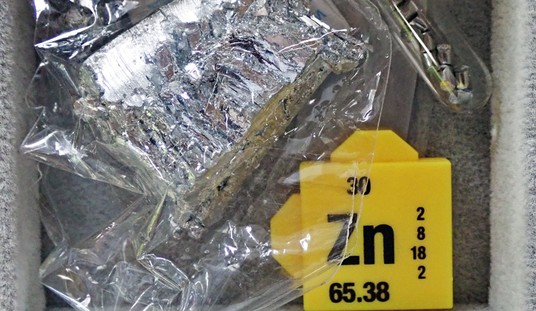

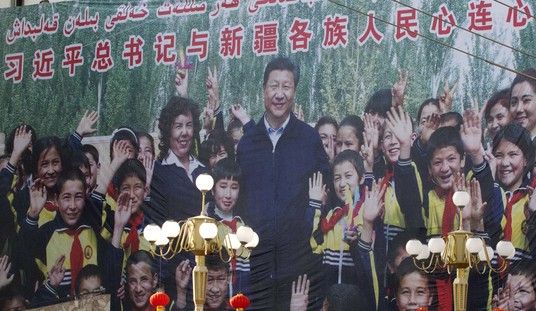
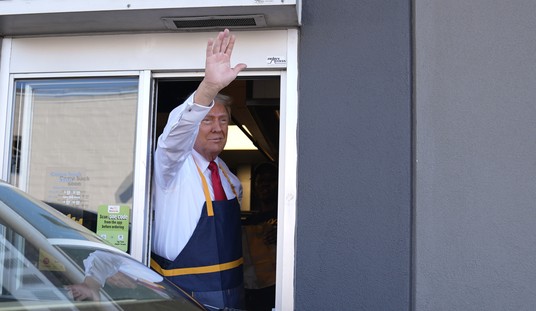




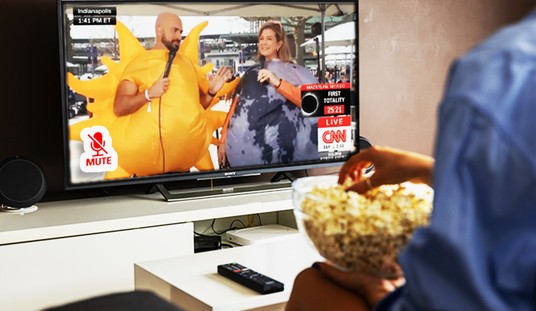

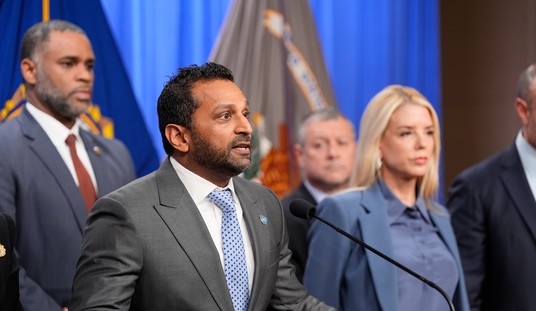

Join the conversation as a VIP Member